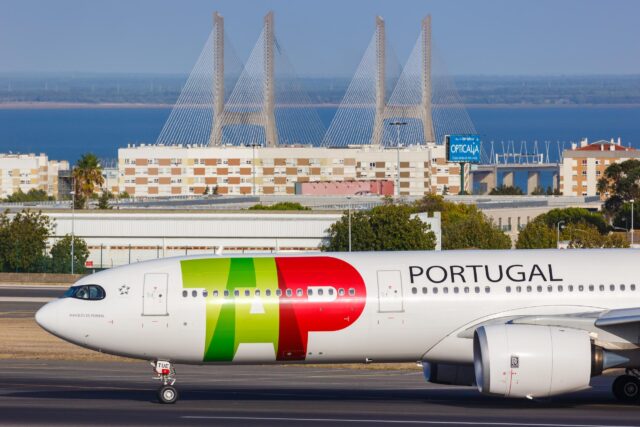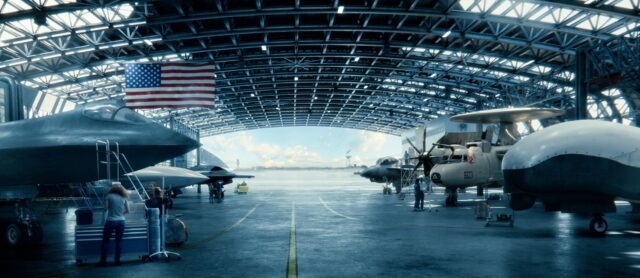Air India crash: Preliminary report focuses on cockpit fuel switch anomaly warned about in 2018

July 12, 2025

The Aircraft Accident Investigation Bureau (AAIB) has released its preliminary report into the tragic Air India crash that claimed the lives of approximately 260 people, including some on the ground.
The focus of the report is on a movement of the fuel cutoff switches, as recorded by the aircraft’s flight data recorder (part of the ‘black box’ system), which shows they were moved from RUN to CUTOFF within seconds of the Boeing 787 lifting off from the runway.
These switches are located on the throttle quadrant, the central pedestal between the two pilots, and are directly integrated into the thrust lever assembly. A guard covers the switches to prevent accidental activation.

However, a 2018 FAA bulletin noted that, on some Boeing models, the guard had not been installed correctly, leading to a risk of unintentional switch movement.
What do we know about the Air India crash sequence of events so far?
Air India’s Boeing 787 Dreamliner lifted off from the runway at 08:08:39, at which point the cockpit voice recorder (CVR) begins capturing communications.
Three seconds later, at 08:08:42, both fuel switches moved to the CUTOFF position, as recorded by the flight data recorder (FDR), leading to an immediate loss of thrust in both engines.
One pilot, identity unspecified, then says to the other, “Why did you cut off?’. The other replies firmly, “I didn’t do so.”
A few seconds later, at 08:08:48, fuel control switch 1, for the left engine, was moved back to the RUN position. At 08:08:52, control switch 2 also moved back to RUN.
A partial restart of one engine is detected, as it shows signs of ignition and increasing engine core speed, but thrust is not regained.
At 08:09:05, one of the flight crew transmits a distress call of ‘Mayday, Mayday, Mayday.’
One second later, at 08:09:06, the Ram Air Turbine (RAT) deploys automatically, indicating the loss of main electrical power.
The CVR stops recording at 08:09:11 as the aircraft is just a few hundred feet above ground. The exact time of impact is not noted, but it’s within seconds of the CVR stopping.
The FAA warned about the accidental movement of cockpit switches in 2018
On December 17, 2018, the FAA issued a Special Airworthiness Information Bulletin (SAIB NM‑18‑33) relating to the same model of fuel switches.
Some Boeing 737 operators had discovered that the locking mechanism, designed to prevent accidental movement of the fuel cutoff switches, had not always been installed properly.
The guard lock should be a lift-and-throw mechanism, requiring effort to uncover the switches before they can be moved. However, multiple Boeing 737 operators found that the guard lock was not properly engaged.
This meant the switch could potentially be moved without lifting the guard, presenting a risk of accidental activation and inflight engine shutdown. It should be noted that, although the risk was present, no accidental inflight shutdowns had been recorded.

The design of these switches, including the lock, is identical across various Boeing models, including the Dreamliner’s part (4TL837‑3D).
The SAIB served as an educational advisory, not a compulsory airworthiness directive. However, it highlighted a real risk and encouraged airlines to inspect and verify that the locking feature was working properly.
According to the preliminary report, Air India did not carry out the inspections recommended in the advisory. Maintenance records show the throttle control module was replaced in 2019 and 2023, but not for fuel-switch issues
What happens next?
It’s still unclear whether a mechanical failure in the lock allowed the switches to move inadvertently, or if this was crew action (intentional or accidental) under duress. Determining that is central to the next phase of the probe.
Boeing, FAA, NTSB, and other agencies will assess whether the broader switch design, which is shared across various models, needs mandatory inspection, redesign, or retrofit.
If a design flaw is established, an Airworthiness Directive (AD) could enforce corrective measures across fleets.

The Aircraft Accident Investigation Bureau (AAIB) of India will now begin the in-depth final investigation phase in cooperation with Boeing, GE, the FAA, NTSB and other stakeholders.
The process will likely include detailed mechanical analysis of the fuel control switches, guard mechanisms, throttle quadrant, and FADEC.
Simulations of switch movement will be carried out to determine whether accidental activation is physically possible under normal or failed conditions.
Deep analysis of the CVR and FDR will take place, including attribution of voices and stress patterning. Human factors will be reviewed, including pilot fatigue, training history and cockpit behaviour.
A final report may take 12 to 18 months to be released.
















